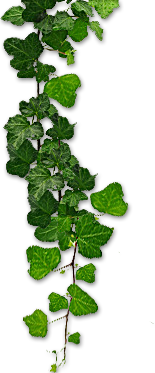
Baekje Cultural Land: A Journey through Baekje History and Culture
March 31st, 2025
Initially, my interest in the Three Kingdoms period of Korean history was no greater than that of any regular tourist. However, when I discovered the main character for my next book—My Prince of Koguryo—everything changed ;-)
I looked up museums and places that spoke of that period, and Baekje Cultural Land instantly caught my attention.
I ended up spending two full days there, and it was totally worth it!
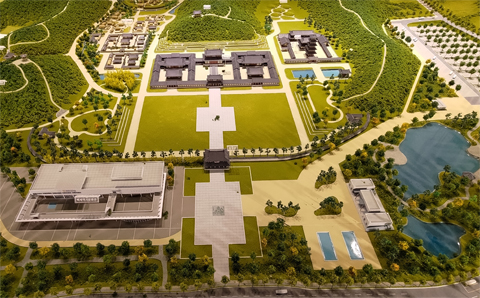
Baekje Cultural Land (백제문화단지) is an amazing cultural park dedicated to preserving and showcasing the legacy of the Baekje Kingdom (18 BCE – 660 CE). It is located in Buyeo, Chungcheongnam-do (about 2 hours south of Seoul by car). If driving is not an option for you, you can either book a stay in the Lotte Resort, which is literally across the street from the park, or go there by bus. And if you love walking as much as I do, you can also go there by foot (take the Eastern road— there are nice sidewalks there). It’s picturesque, but it takes around 1 hour.
Baekje ruled over the western part of the Korean Peninsula and was known for its advanced culture, architecture, and influence on neighboring countries such as Japan and China. It served as an important trade hub in East Asia. Buyeo was one of the capitals of Baekje and an important political and cultural center.
Even before you enter the park itself, there is a museum to explore. The exhibits are really interesting. First, you can learn about Baekje’s architecture (I loooved that section! Wooden models illustrate the anatomy of each building in great detail; there are explanations of the construction process and the paints and painting techniques used!).
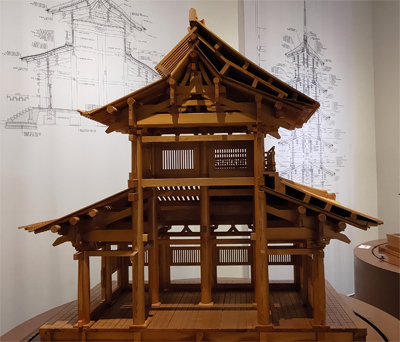

Of course, there is a lot of information about history, customs, and everyday life. I was impressed by the burial technique employed by the Baekje people! The clay capsules used for the bodies were something I had never imagined:

Another awesome exhibition is dedicated to art and jewelry. The interactive displays are equally captivating, with each one more fascinating than the last.
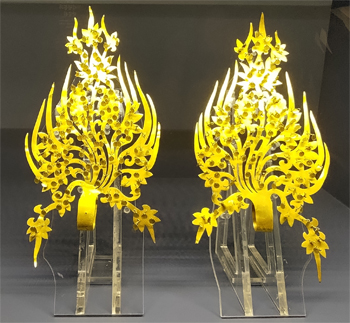
(These gold diadem ornaments from early 6th century were found in the tomb of King Muryeong. They are 30.7 cm high, just to give you an idea)
Seriously, when you look at the tiny bottles or some other ornate items, it’s hard to believe that they were crafted over 1400 years ago!

When I was there, there was a special thematic exhibition on the second floor that focused on the last king of Baekje and the events that led to the kingdom's disappearance. This one was in Korean only, so I had to use my Papago to get the general sense of it.
Visiting the park after the museum is an unparalleled experience. It feels like immersing yourself in the exhibits you have just seen, stepping back through the centuries to connect with their reality.

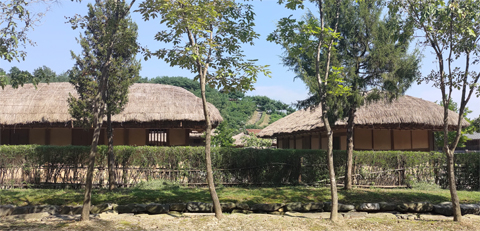
The park is designed like a small kingdom featuring royal buildings, a traditional crafts village, an area with Baekje’s ancient tombs, a pagoda, and a performance hall. In addition, the park’s layout fully utilizes the scenic landscape of mountains, rivers, and forests, creating a peaceful atmosphere that enhances the visitor experience.
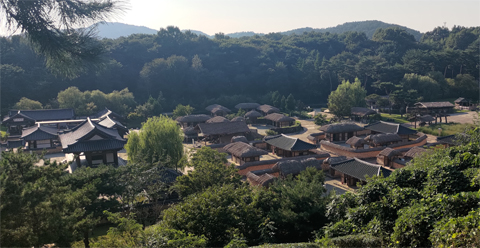

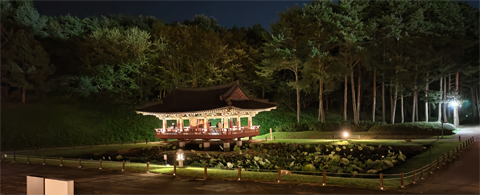
The reconstructions of ancient living spaces, royal chambers, and temples along with exhibitions of clothing, food, tools, weapons, and furniture are delightful. For legend- and story-lovers, everything is there as well—some legends and tales are presented in written form, while others are performed or narrated through multimedia presentations.

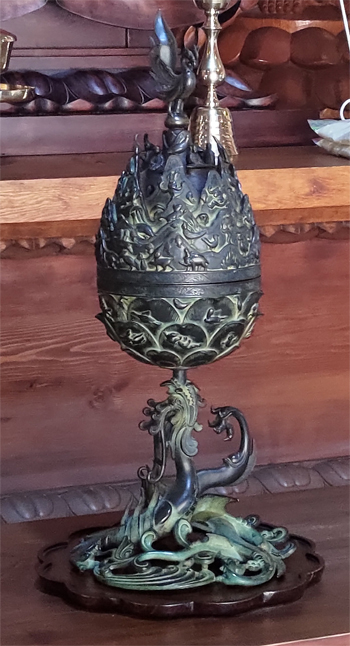
(This marvelous incense burner created in the 6th century in Baekje is one of the treasures of Buyeo National Museum. It is 61.8 cm high)
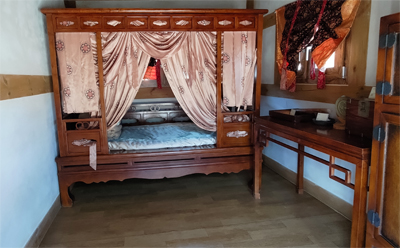
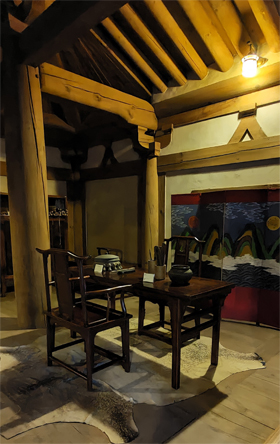
You really get a feel of the lifestyle of both the elite and the craftsmen. Some scenes are presented with mannequins (I looove those! I’ll talk about that in a later post ;-) ).

Cultural performances are also held in the park. I wasn’t lucky enough to see one, but I’ve seen some of them elsewhere, so I can imagine how breathtaking that is!
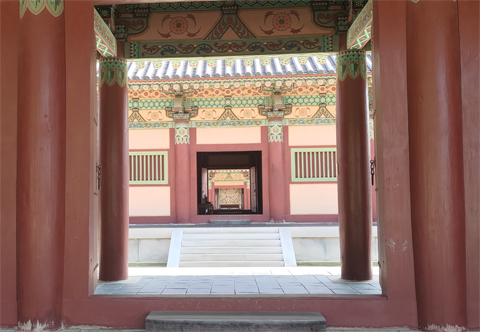
As a total junkie of unique and immersive experiences, I cannot recommend Baekje Cultural Land highly enough! I deeply admire the dedication and effort that went into creating and maintaining such a magical place—it took over 20 years to build! This splendid park’s surface is 3,300,000 m2, and I cannot even imagine the budget that was invested in it. A true gem!
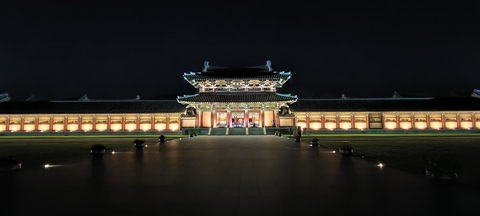
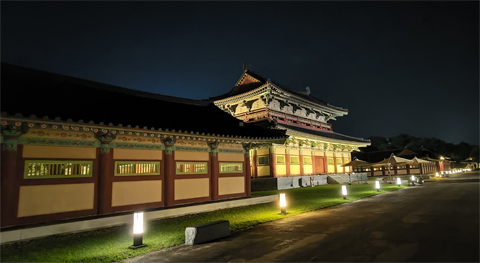
P.S. The park typically operates from 9 AM to 6 PM year-round; sometimes the nighttime visits are also possible (that’s a different magic to explore, an unforgettable experience and atmosphere ;-) ) They have the schedule on their website and next to the ticket office.
I paid 5,000 KRW for the admission. I know there is a possibility to book a guided tour for a group and even take a small tourist train, but I didn’t check those.
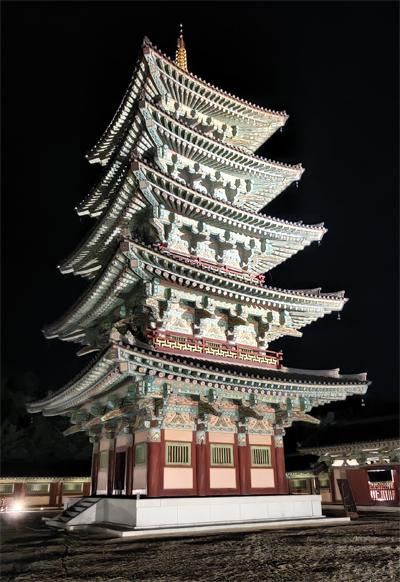
__________
Categories: My trip to South Korea, Inspiring, Miscellaneous